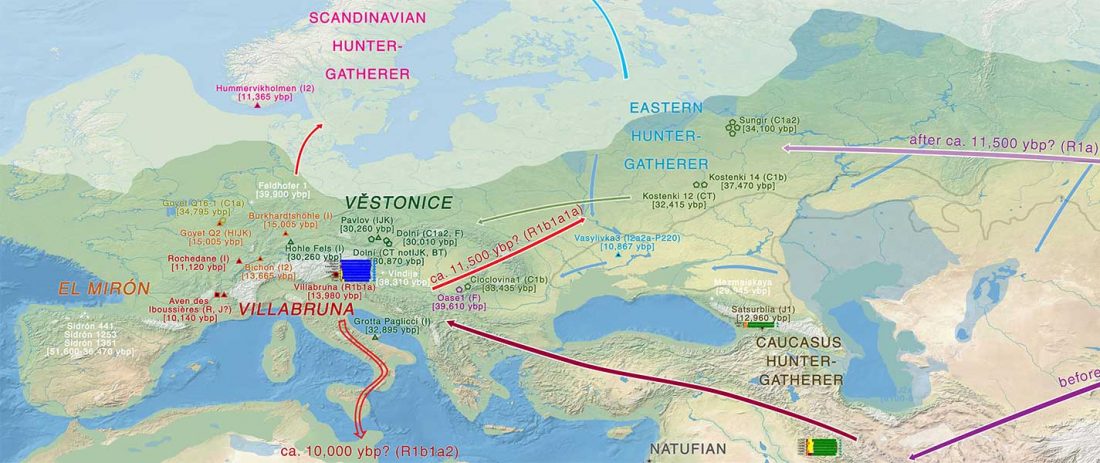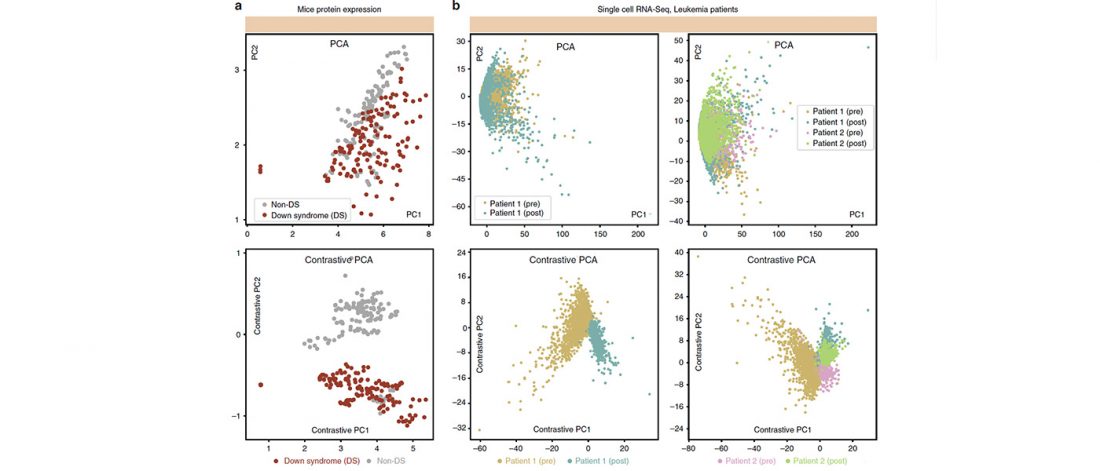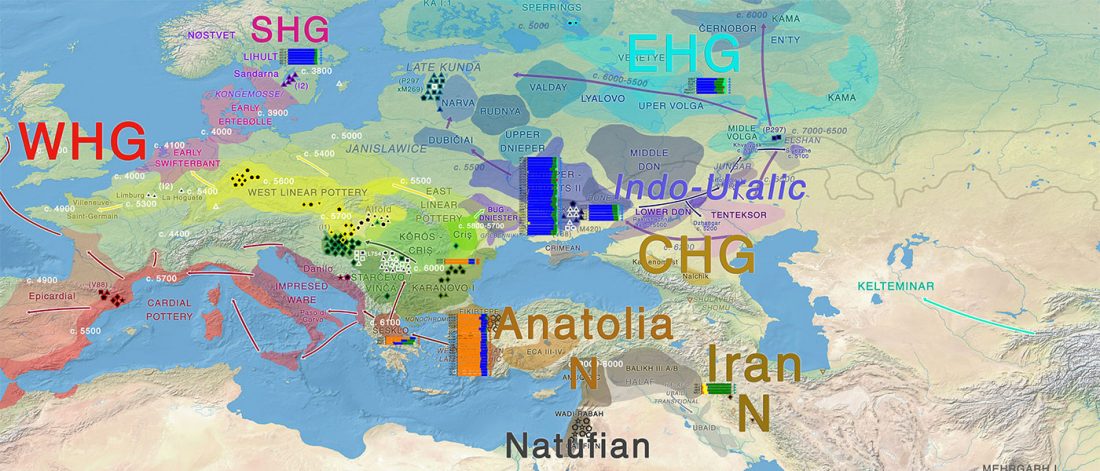The Danube Corridor Hypothesis and the Carpathian Basin in the Aurignacian
Open access review, The Danube Corridor Hypothesis and the Carpathian Basin: Geological, Environmental and Archaeological Approaches to Characterizing Aurignacian Dynamics, by Wei Chu, J World Prehist (2018).
Abstract (emphasis mine):
… Read the rest “The Danube Corridor Hypothesis and the Carpathian Basin in the Aurignacian”Early Upper Paleolithic sites in the Danube catchment have been put forward as evidence that the river was an important conduit for modern humans during their initial settlement of Europe. Central to this model is the Carpathian Basin, a region covering most of the Middle Danube. As the archaeological record of this region is still poorly understood, this paper aims to provide a contextual assessment of the Carpathian Basin’s







